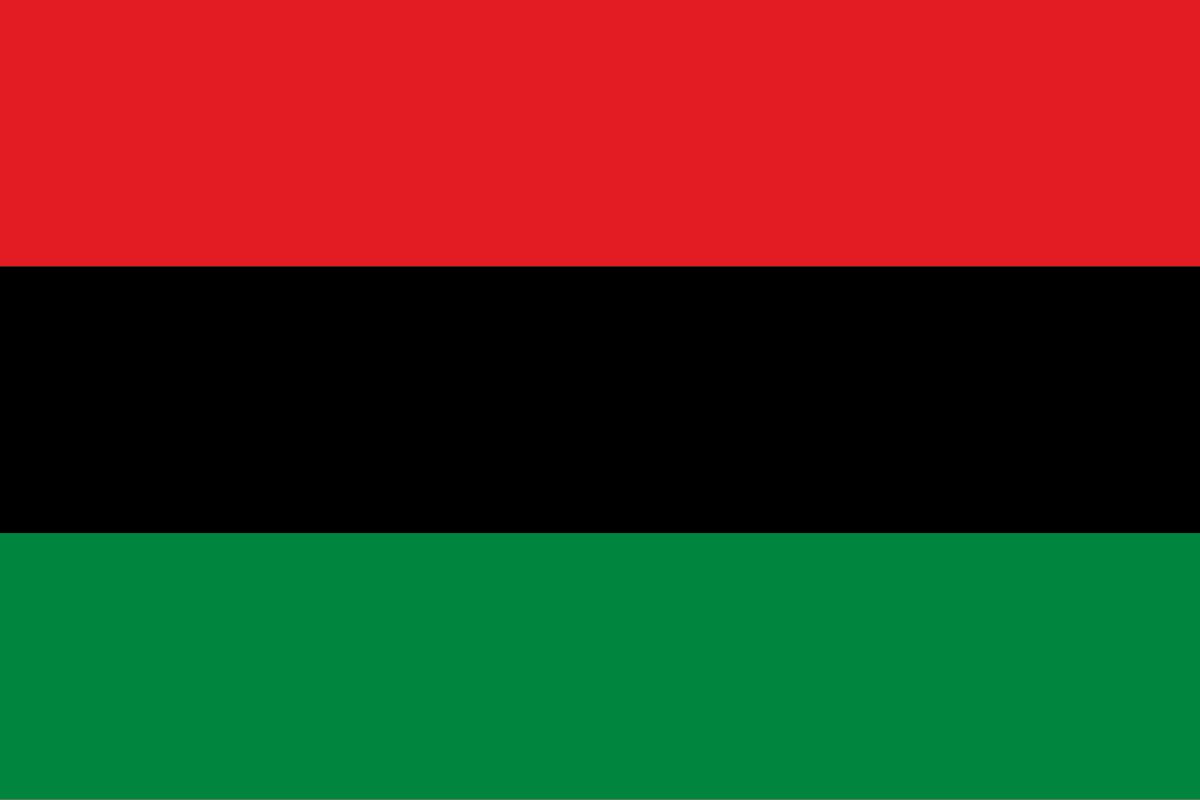
| # | 🌍 Travel ✈️Africa 🌍 | Videos |
| 1 | 5:00 | |
| 2 | 1:00:41 | |
| 3 | 3:38:01 | |
| 4 | 1:00:33 | |
| 5 | 3:55:56 | |
| 6 | 59:26:00 | |
| 7 | 1:00:54 | |
| 8 | 3:32 | |
| 9 | 1:00:38 | |
| 10 | 3:35:11 | |
| 11 | 5:58 |

Journalist Charles Mowbray White has asserted that Garvey proposed the colors red, black and green for the following reasons: "Garvey said red because of sympathy for the 'Reds of the world', and the Green their sympathy for the Irish in their fight for freedom, and the Black [for] the Negro."
According to the UNIA more recently, the three colors on the Black Nationalist flag represent:
- Red: the blood that unites all people of Black African ancestry, and shed for liberation;
- Black: black people whose existence as a nation, though not a nation-state, is affirmed by the existence of the flag;
- Green: the abundant natural wealth of Africa.
The flag later became a Black Nationalist symbol for the worldwide liberation of Black people. As an emblem of Black pride, the flag became popular during the Black Liberation movement of the 1960s. In 1971, the school board of Newark, New Jersey, passed a resolution permitting the flag to be raised in public school classrooms. Four of the board's nine members were not present at the time, and the resolution was introduced by the board's teen member, a mayoral appointee. Fierce controversy ensued, including a court order that the board show cause why they should not be forced to rescind the resolution, and at least two state legislative proposals to ban ethnic flags and national flags (other than the U.S. flag) in public classrooms.
In the United States, the flag is currently widely available through flag shops or ethnic specialty stores. It is commonly seen at parades commemorating Martin Luther King, Jr. Day, civil rights rallies, and other special events.
The flag goes by several other names with varying degrees of popularity:
- the Afro-American flag
- the Bendera Ya Taifa (Kiswahili for "flag of the Nation"), in reference to its usage during Kwanzaa
- the Black Liberation flag
- the International African flag
- the Marcus Garvey flag
- the UNIA flag, after its originators
- the Universal African flag
- the Red Black Green (RBG) flag
- the Black Nationalist flag


No comments:
Post a Comment